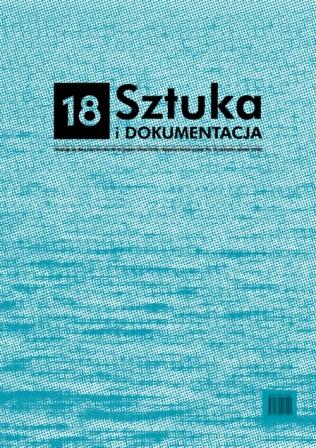Performing Memory. Between Document and Participation
Performing Memory. Between Document and Participation
Author(s): Katarzyna NiziołekSubject(s): Cultural history, Sociology of Art
Published by: Akademia Sztuk Pięknych w Gdańsku
Keywords: performans; re-enactment collective memory; documentary; sites of memory; participation; performance; re-enactment
Summary/Abstract: Theatre has long served as a means of social engagement with the past, used by both dominant, and subordinate groups. With the quite recent paradigmatic shift in the humanities and social sciences, known under the label of the performative turn, theatre has become even more important as a medium of collective memory work, or, following the thought of Robin George Collingwood, the re-enactment of history. On the other hand, the present-day participatory trend in the arts is taking artistic practices from the confinement of arts institutions, to a more open space of public and community involvement.In the theatrical field, these changes have introduced a new genre, which is constituted by diverse modes of grassroots engagement in the creative process: from the provision of documentary content, through the directed use of an artistic situation, to the co-operative creation of a theatrical piece. At the same time, it is a genre that gives way to more inclusive and polyphonic discourses, narratives, and histories in the public sphere. The problem addressed in the article is one of the relation between participatory theatre and collective memory. Pierre Nora famously claimed that memory can sustain only when it is performed, practiced, repeated. If this is the case, is participatory theatre the location of live memory in the modern, archive-oriented world? Is it, referring to the terminology of that author, a sort of a lieux de mémoire– a space where the past is collectively recalled and remembered? For answers to the above questionsI search among selected participatory theatrical (or performative) productions that, based on disparate documentary material, deal with conflicted, often traumatic, memories of the past, question the prevailing historical frames, and/or make space for the otherwise marginalised voices.
Journal: Sztuka i Dokumentacja
- Issue Year: 2018
- Issue No: 18
- Page Range: 207-215
- Page Count: 9
- Language: English

